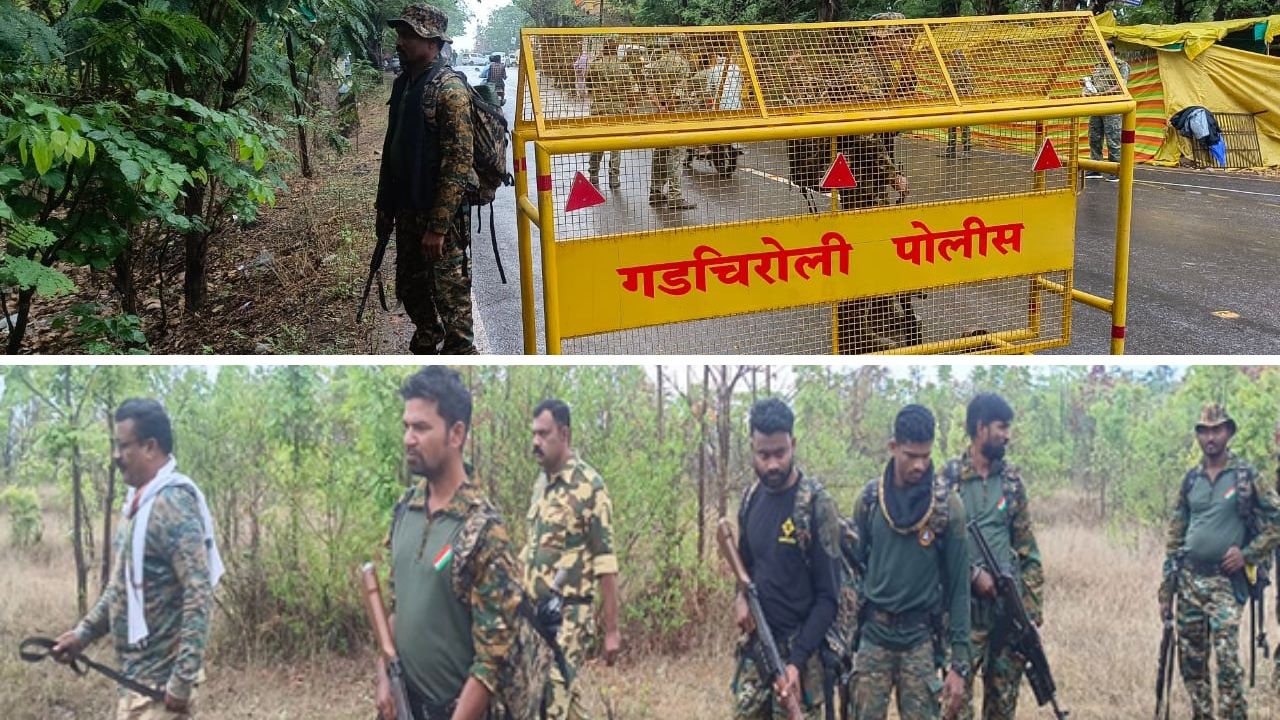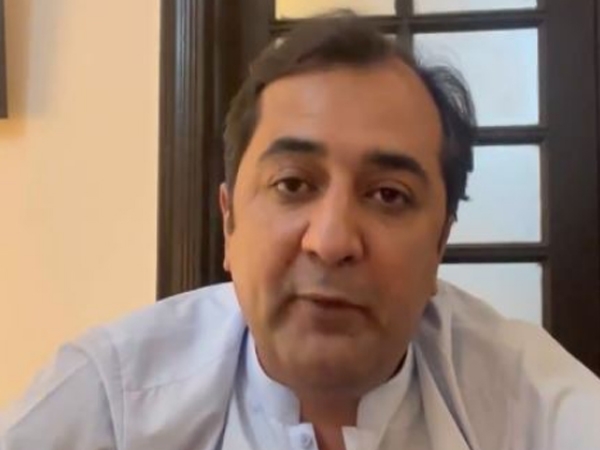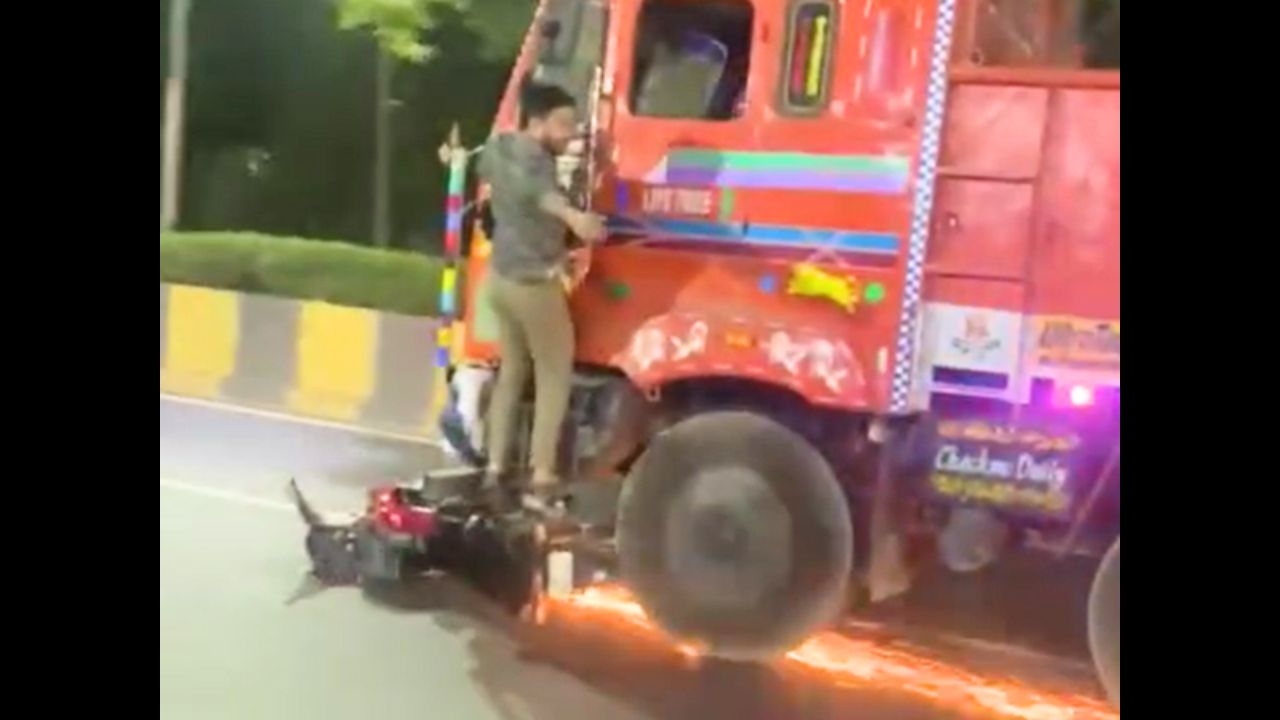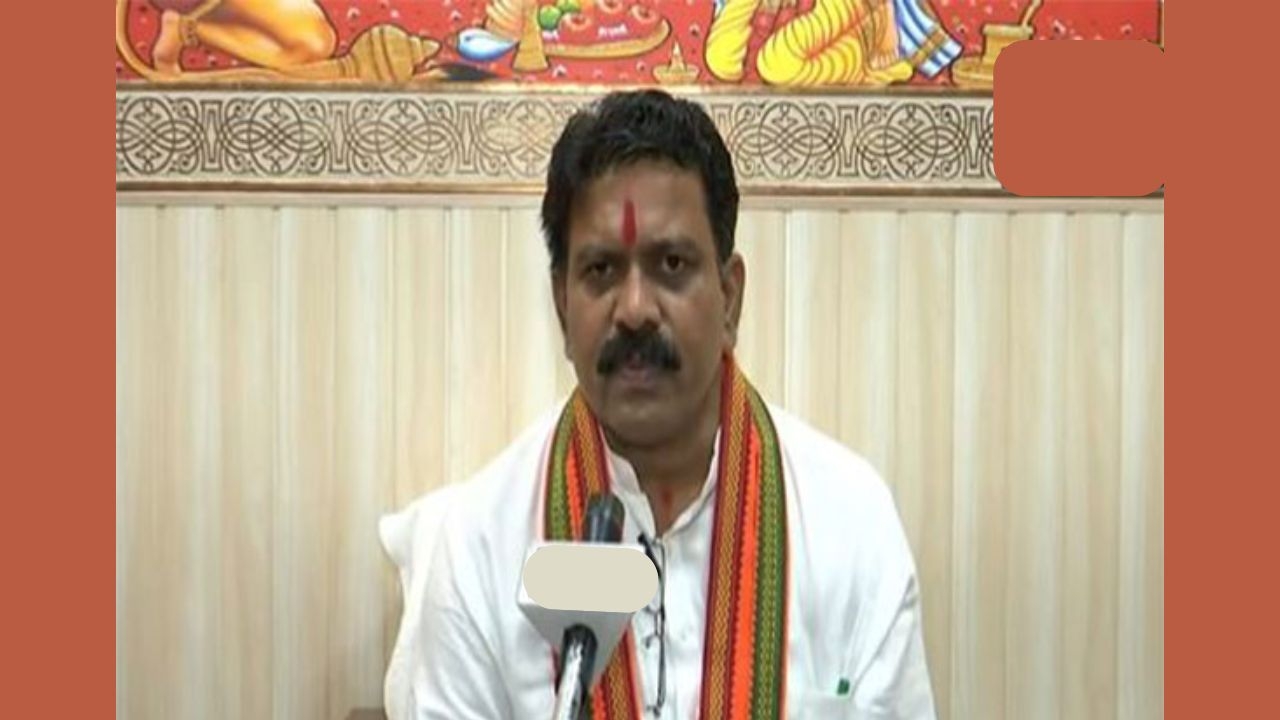Jharkhand's Adivasis have been relentlessly protesting for months. Why?
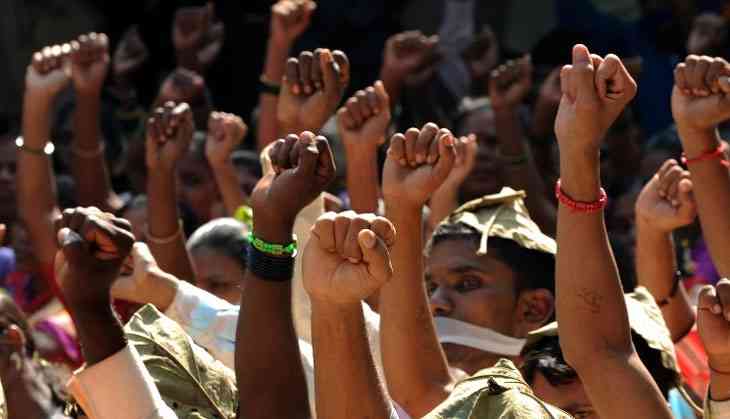
On Monday, 6 March, more than two thousand Adivasis from Jharkhand marched from Mandi House to the Parliament in Delhi. Later, a number of leaders from different political parties, barring the ruling BJP, joined them, spoke in their support and promised to raise their concerns in the Parliament and the assembly.
In my knowledge, this was the first-of-its-kind protest by the Adivasis in Delhi in last 15 years. It might have been their first protest march in Delhi, but the Adivasis across Jharkhand have been on the streets for months now. In fact, on Monday, when the protest was happening in Delhi, thousands of Adivasis were protesting in different parts of Jharkhand, including the capital Ranchi.
Also Read: Jharkhand: As BJP regime flouts norms to help Adani get land, media stays silent
But why are they protesting? First and foremost, they are demanding the “rollback of amendments to Chota Nagpur Tenancy (CNT) and Santhal Pargana Tenancy (SPT) acts”, two crucial legislations defining land transfer mechanism in the state. Last November, two separate amendments were made to the CNT and the SPT by voice vote in the assembly without proper discussion and despite protests by the opposition.
After these amendments, the government is empowered to acquire agricultural land for non-agricultural and commercial purposes, something that was prohibited until now under the previous provisions of these acts. This can lead to further deprivation of the Adivasis of their land and other natural resources, their primary source of livelihood. Moreover, earlier the CNT restricted the sale of tribal land to non-Adivasis, and under the SPT, most of the land in six districts of eastern Jharkhand to which the law applies was non-transferable and non-saleable, whether owned by tribals or not.
According to a note circulated by the Jharkhand Adivasi Sangarsh Morcha, “this move will also adversely affect certain other Acts such as the Panchayat Extension to Scheduled Areas (PESA) Act, 1996, The Right to Fair Compensation and Transparency in Land Acquisition, Rehabilitation and Resettlement Act 2013, Forest Rights Act 2006, that are in place to protect the rights of the Adivasis and other marginalized sections.” It further notes, “Undeniably, these amendments are Government’s last nail in the coffin of democratic rights of Adivasis and other marginalized people in Jharkhand. It is noteworthy that previously, several amendments and ordinances have been enacted to this effect.”
It is important to note that the above mentioned progressive laws were enacted after years of struggles by the Adivasis and other marginalised sections of the society. Both CNT and SPT acts, along with Wilkinson’s Rules 1837, were a result of uprisings such as the Santals’ upsurge in Santal Pargana, Kol revolt in Kolhan, and Ulgulan in Chhotanagpur. The prime objectives of these laws were the recognition of the Adivasis' land rights, traditional self-governance and preservation of their cultures. In the very formation of the state of Jharkhand, in fact, lies recognition of the rights and the distinct identity of the Adivasis.
The Sangarsh Morcha alleges that “ever since the BJP government came to power (with majority) in the state it has been making brazen attacks on the rights of the Adivasis paving way for corporate loot and plunder”. It might sound like political rhetoric but the reality isn't very different from what the protestors are claiming. Indeed, three-time chief minister Ajrun Munda of the BJP agrees, albeit differently. He was quoted, in a news report published in mid-January, as saying, “The Chief Minister should reconsider the amendments in the two land acts. Before taking such decision, the long-term impact should have been taken into account. I also wrote a letter to the Chief Minister but no corrective step has been taken.”
Two weeks later, he told the media that “during his tenure there was pressure from a 'specific lobby' to amend the tenancy acts”. The lobby stood to benefit from the changes, Munda claimed, but he didn’t allow them as they were unconstitutional. Instead, he transferred the matter to the Tribal Advisory Council.
Also Read: Black gold & white lies: how coal mining is making Adivasis suffer
What is appalling is that the state government and its officials, instead of listening to the concerns of the people, are leaving no stone unturned in either shooting the messengers or defaming these movements. In an interview with The Economic Times last September, Chief Minister Raghubar Das blamed Christian missionaries for stoking the protests. He was reported to have said, “There are parties that do not want tribals to progress; they want the tribals to remain poor, with no electricity. We are planning to bring development and progress, however those involved in conversions are opposed to this as they want the tribals to remain in the state that they are. If people remain poor, they can be easily converted.”
A few months later, the state’s home department recommended cancellation of the Foreign Contribution Regulation Act licences of 96 Jharkhand-based NGOs, alleging they were using their funds for religious conversions. This was a clear case of arm-twisting and intimidating the messenger, since many of these NGOs were at the forefront of the protests against amendments to CNT and SPT acts.
It was not first time the state government had resorted to such desperate action. In May last year, the Sahitya Akademi Yuva Puraskar winning writer and government doctor Hansda Sowvendra Shekhar was issued a show cause notice under sections of the Public Servant Conduct Rules. His “crime” was that he wrote an article for The Indian Express, criticising the government of Jharkhand for its new domicile policy.
The new domicile policy was introduced on 7 April 2016, which states that those who have been living in the state and have acquired immovable assets in the last 30 years would be considered residents. Sowvendra saw it as an anti-Adivasi move that would further sideline the Adivasis and enable the non-Adivasis to take over the state. “The major influx of non-Adivasi outsiders into Jharkhand happened quite recently. In the 1970s and 1980s when industries prospered, non-Adivasis from Bihar, Uttar Pradesh, West Bengal, Odisha, and elsewhere came to Jharkhand to work in the factories, bought property, and settled down,” he argued. Thankfully, better sense prevailed and no action has been taken so far by the government on the policy. Nor has the writer stopped writing on issues of vital importance.
Last month, the Ranchi administration imposed Section 144 to check public demonstrations, dharnas and road blockades ahead of a global investment summit in the capital. Moreover, as per the police’s own admission, they also served notices to more than 50 people under Section 107 of the Indian Penal Code, a colonial provision often used to stifle the protest and intimidate activists.
What is noteworthy is that all attempts to crush the legitimate movement have hardly dampened the spirit of the Adivasis. Monday’s protest march to the Parliament was proof of it. “In coming days we will be taking this struggle forward,” said Arun Oraon, one of the organisers. “We are in the process of organising an Open House meeting at the Constitution Club, to which we will invite leaders of different political and social groups and ask what they have done for the protection of the rights of Adivasis.”
Also Read: Festering sore: new domicile policy turns Jharkhand into a tinderbox

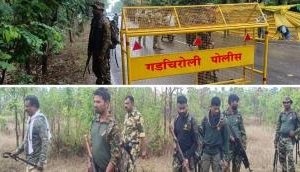

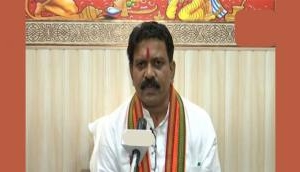


![BJP's Kapil Mishra recreates Shankar Mahadevan’s ‘Breathless’ song to highlight Delhi pollution [WATCH] BJP's Kapil Mishra recreates Shankar Mahadevan’s ‘Breathless’ song to highlight Delhi pollution [WATCH]](http://images.catchnews.com/upload/2022/11/03/kapil-mishra_240884_300x172.png)

![Anupam Kher shares pictures of his toned body on 67th birthday [MUST SEE] Anupam Kher shares pictures of his toned body on 67th birthday [MUST SEE]](http://images.catchnews.com/upload/2022/03/07/Anupam_kher_231145_300x172.jpg)


